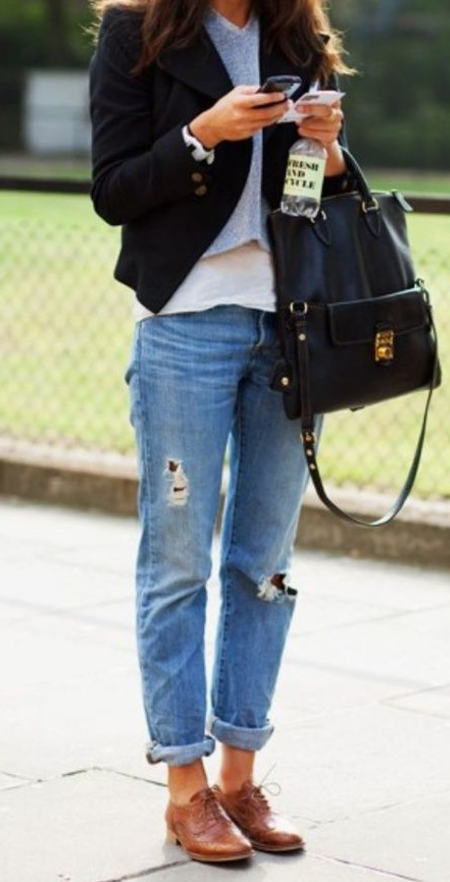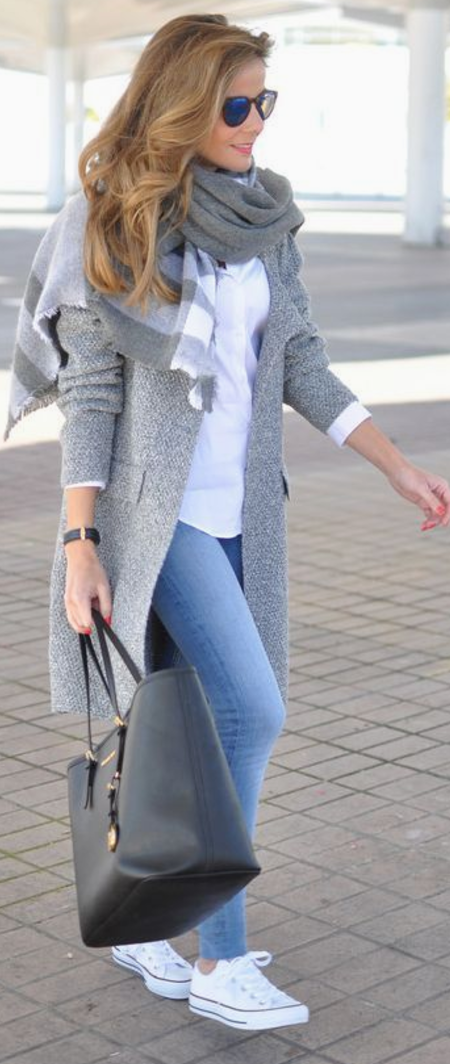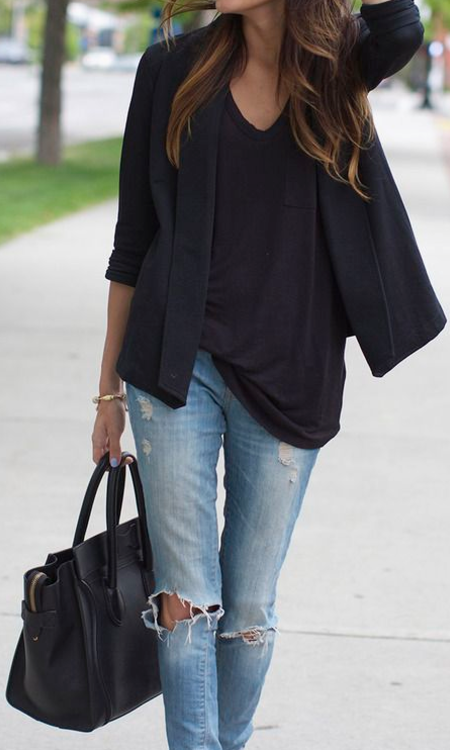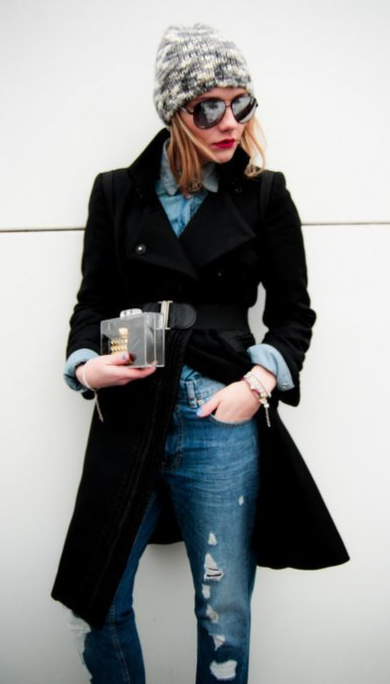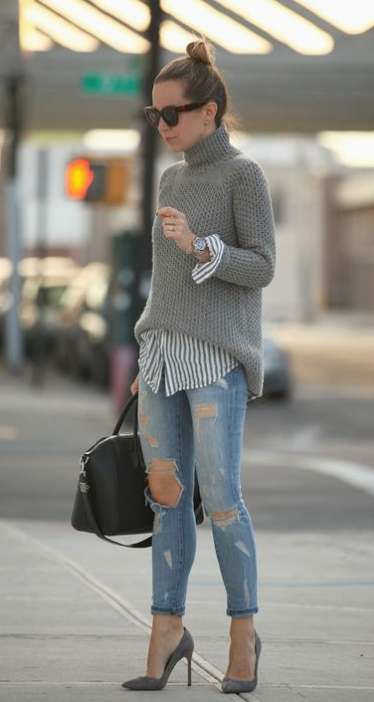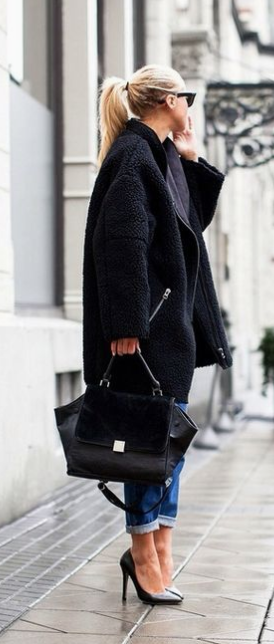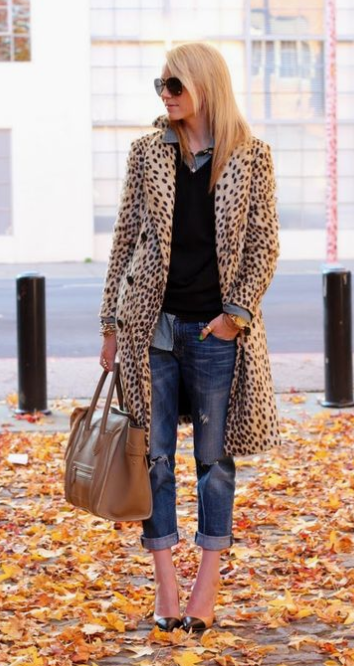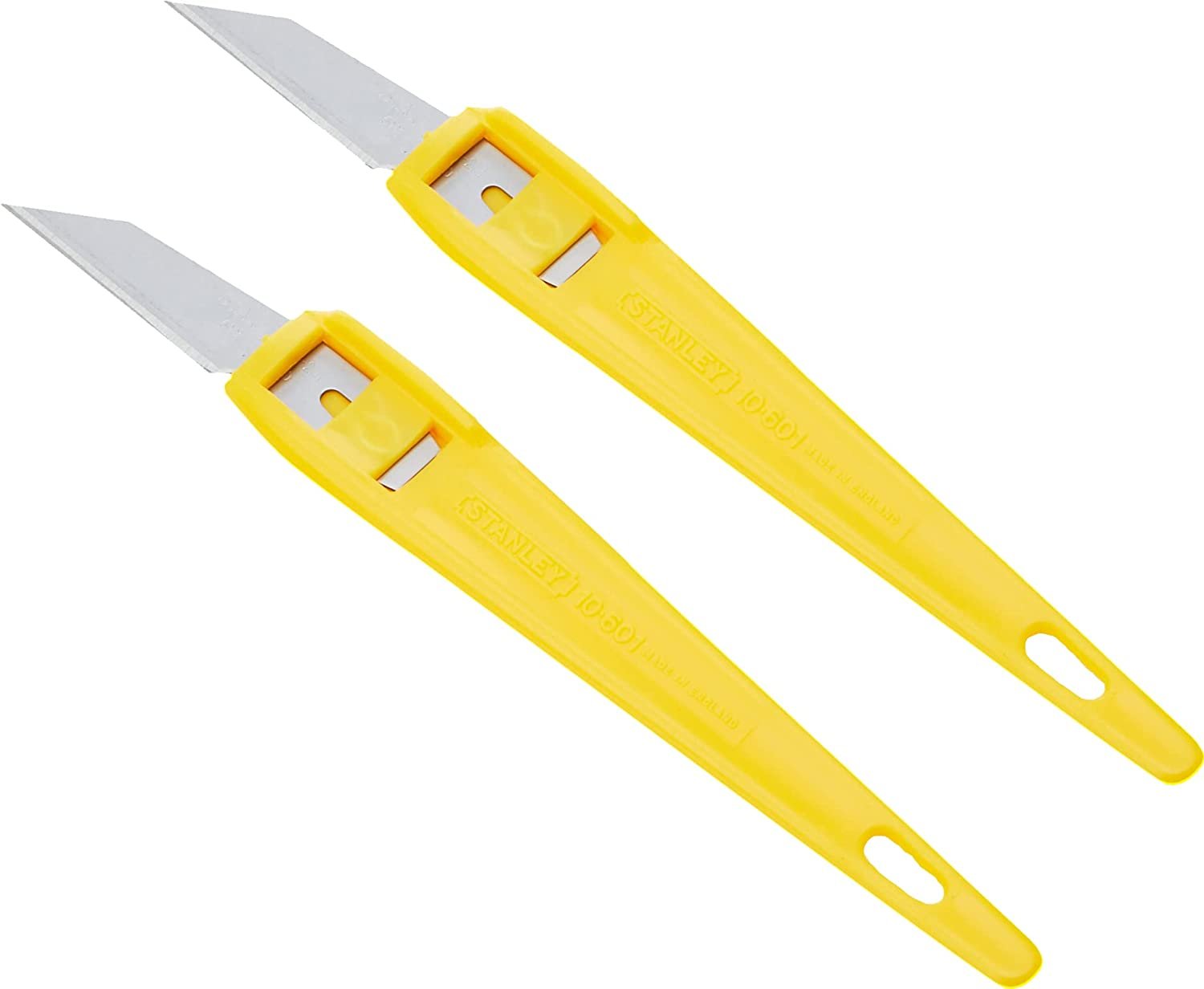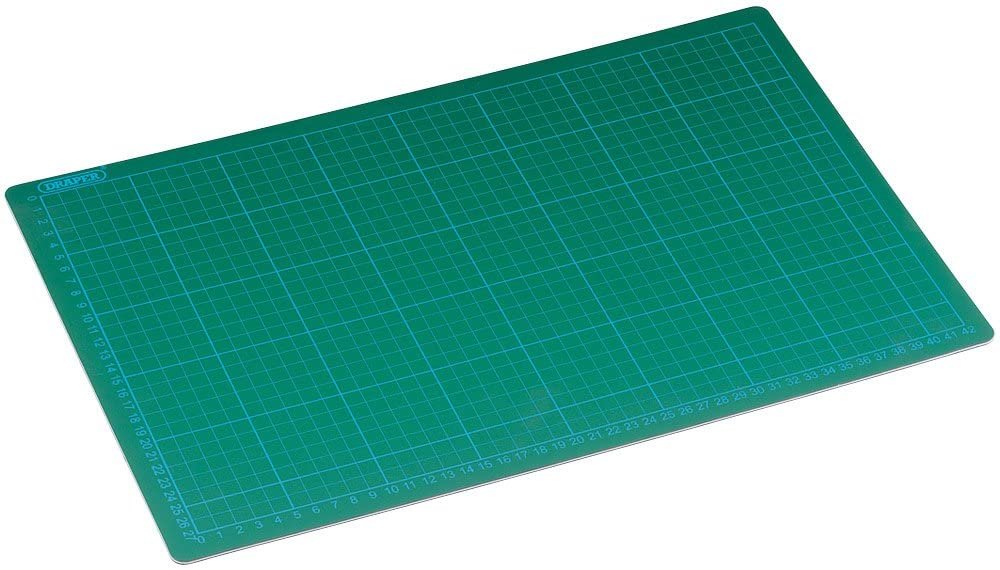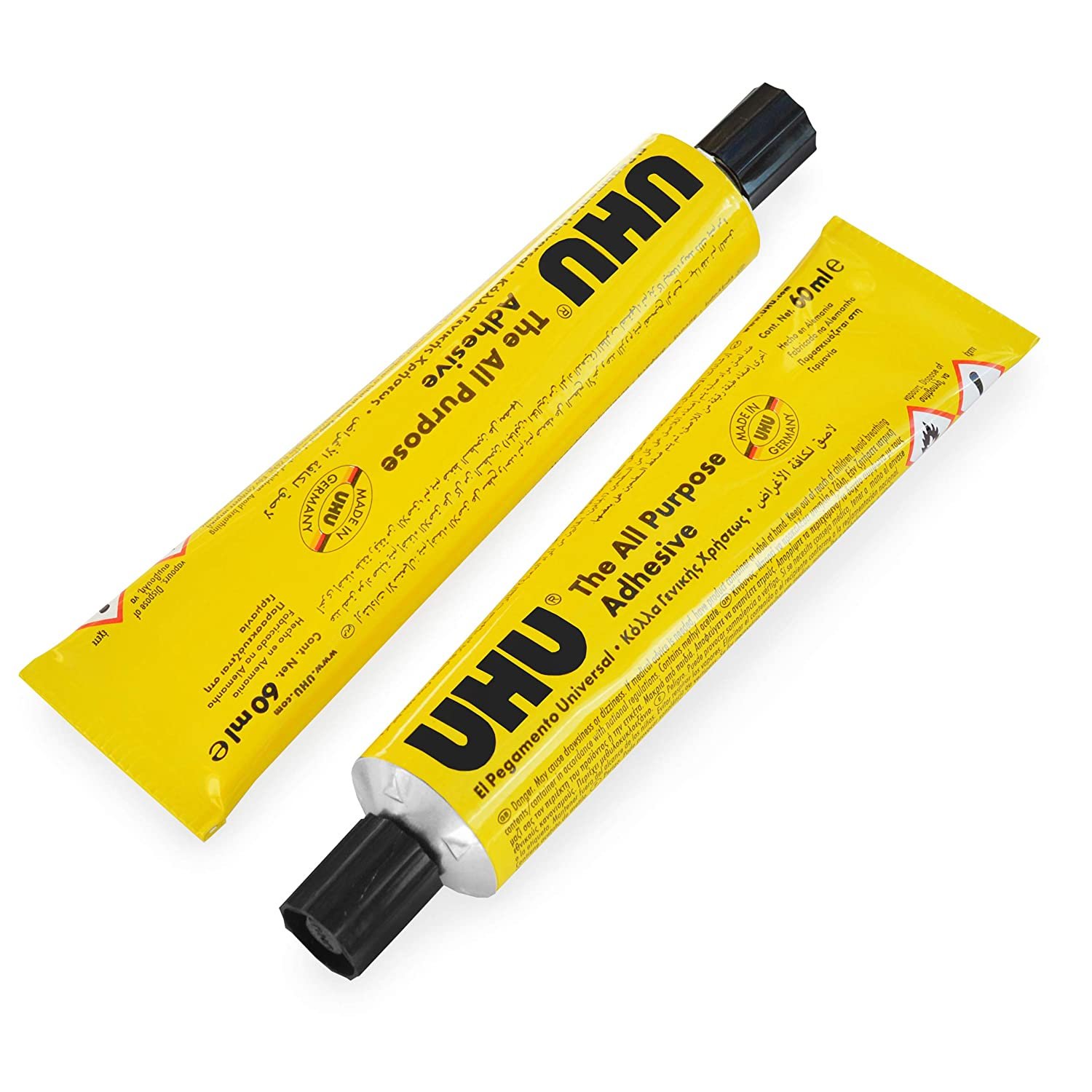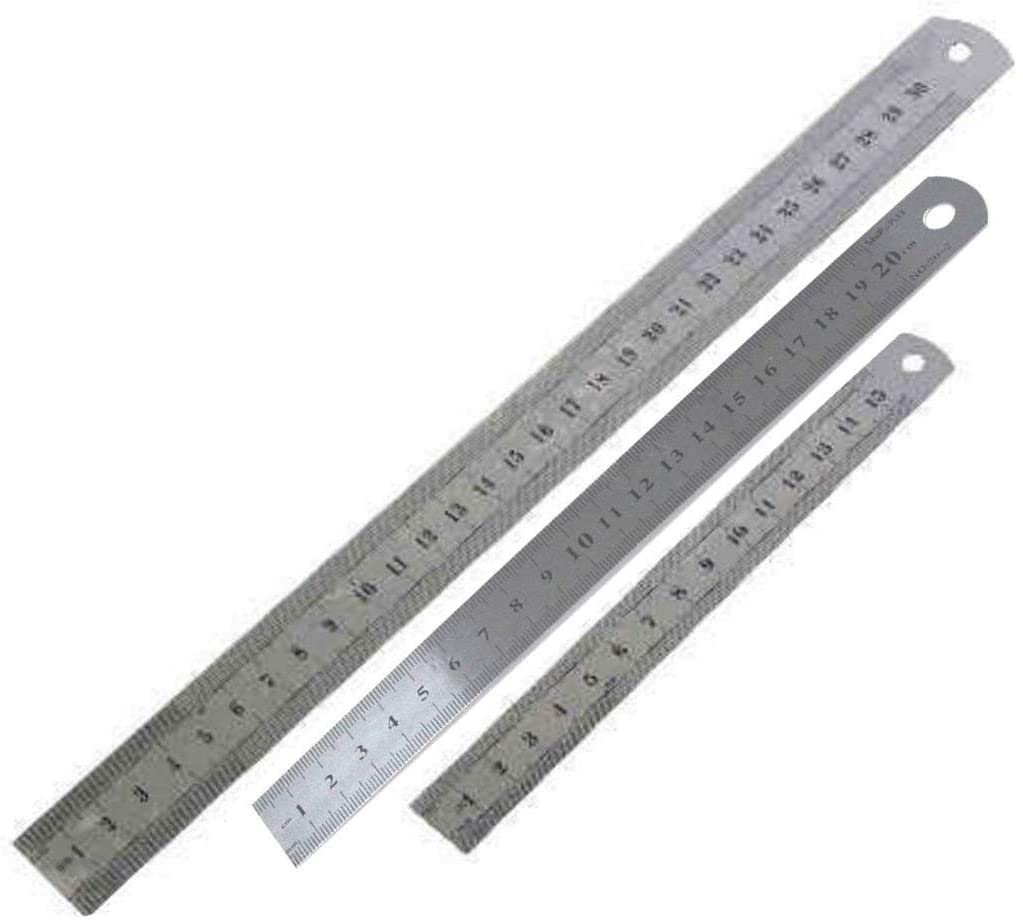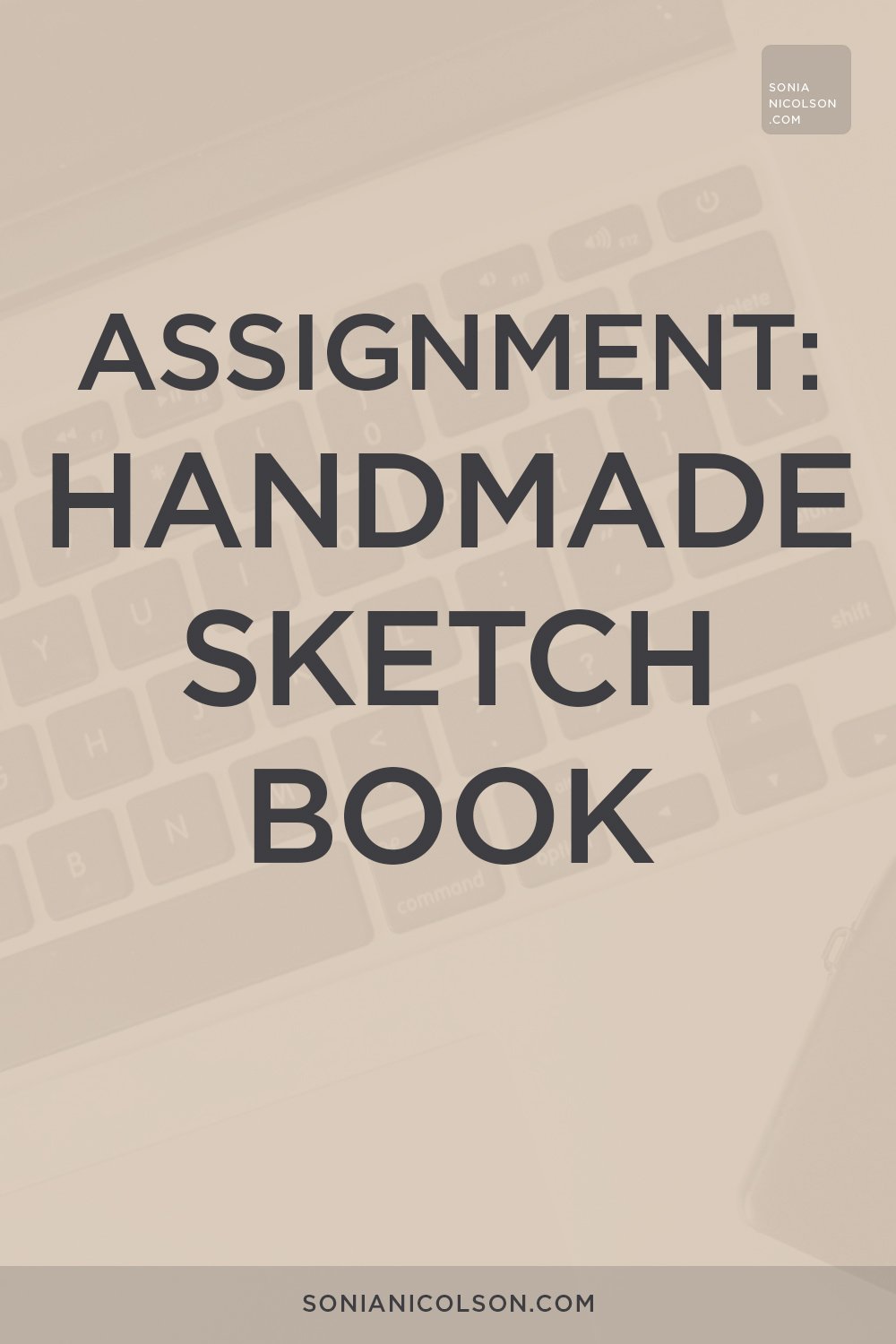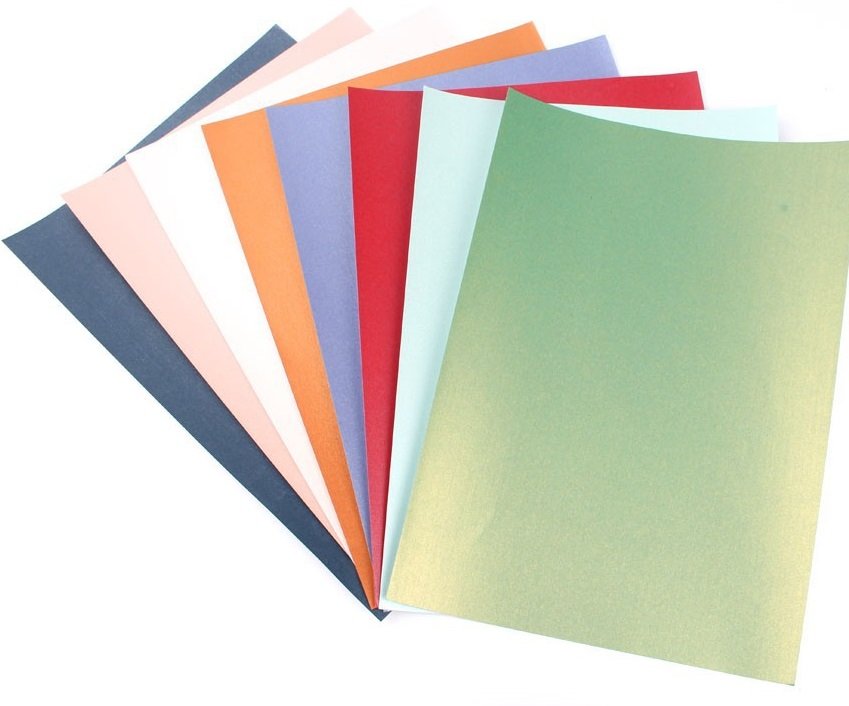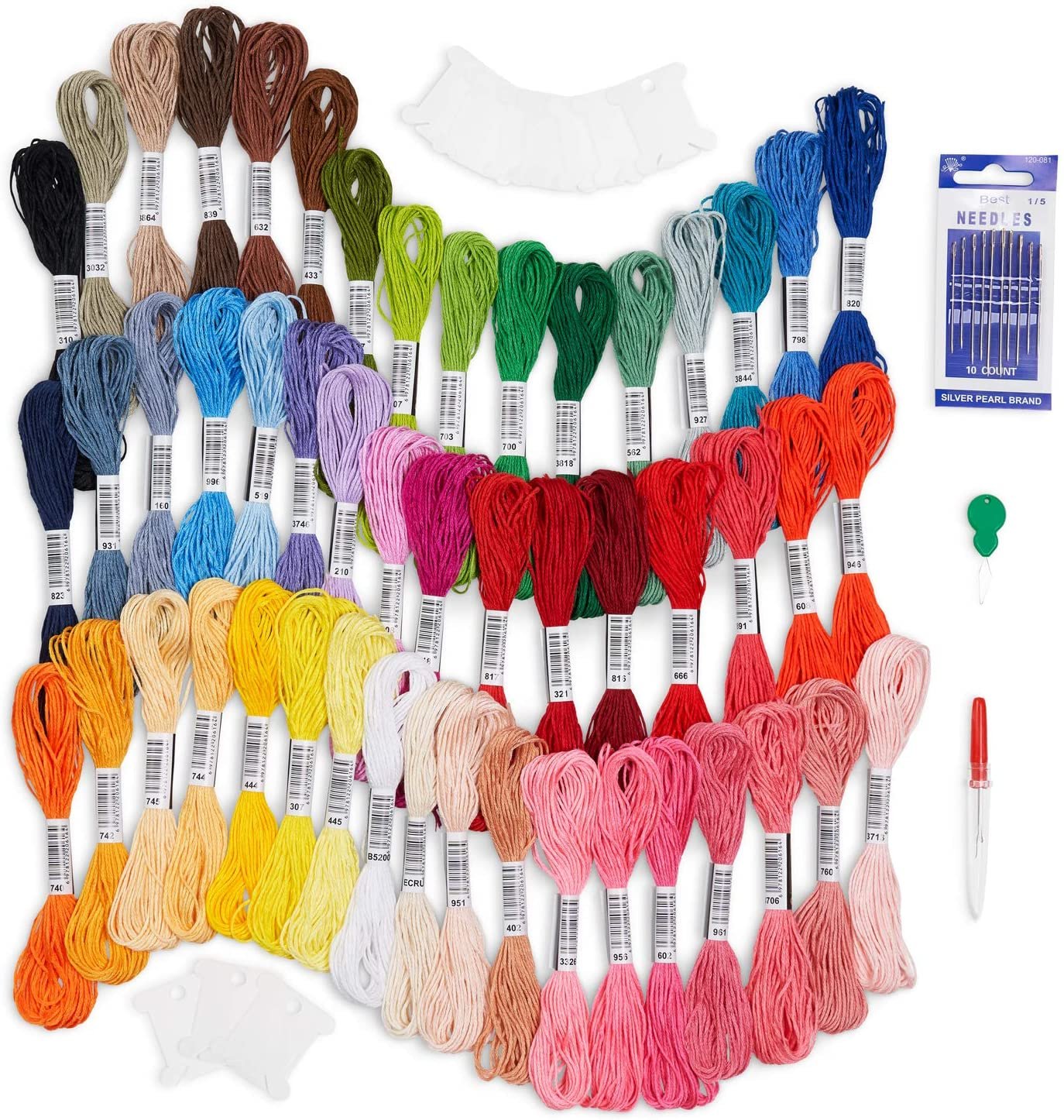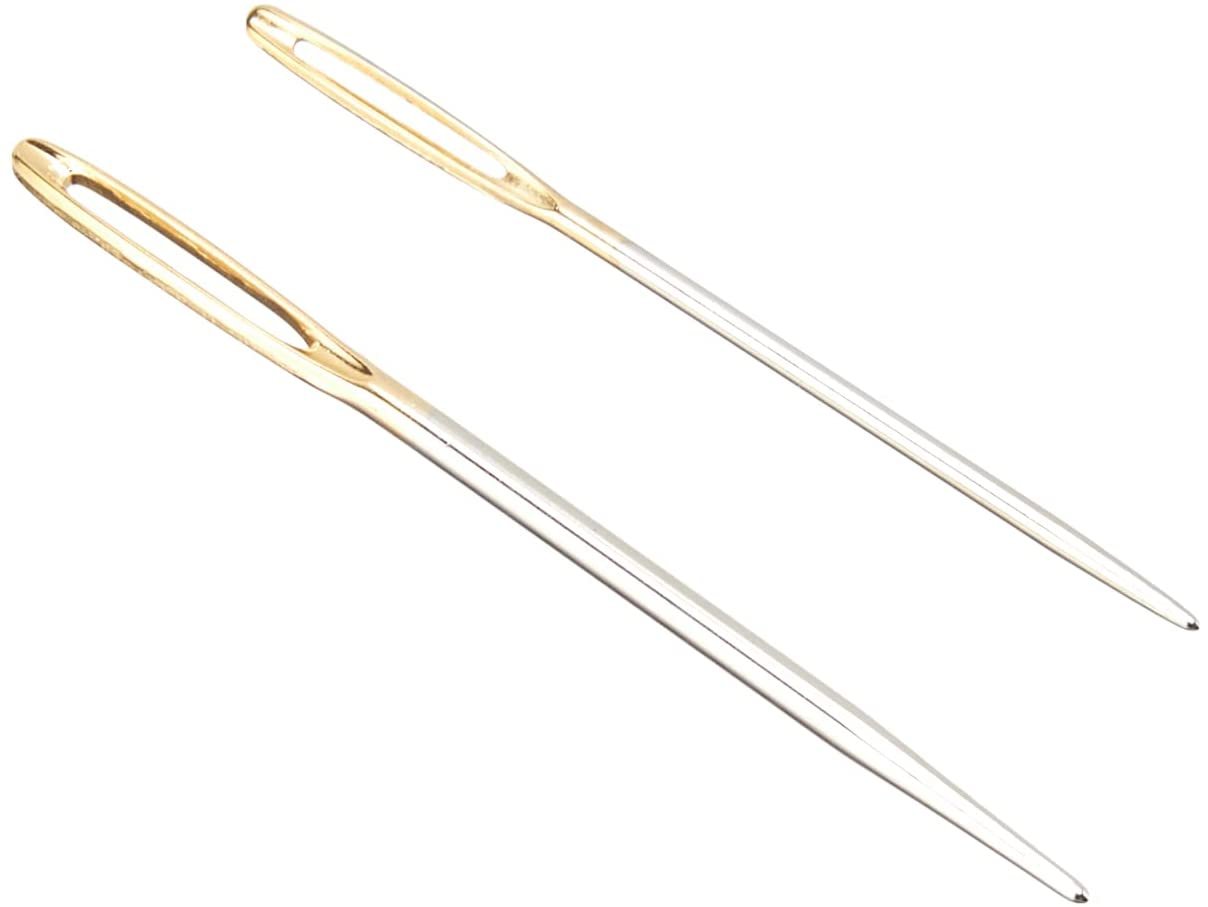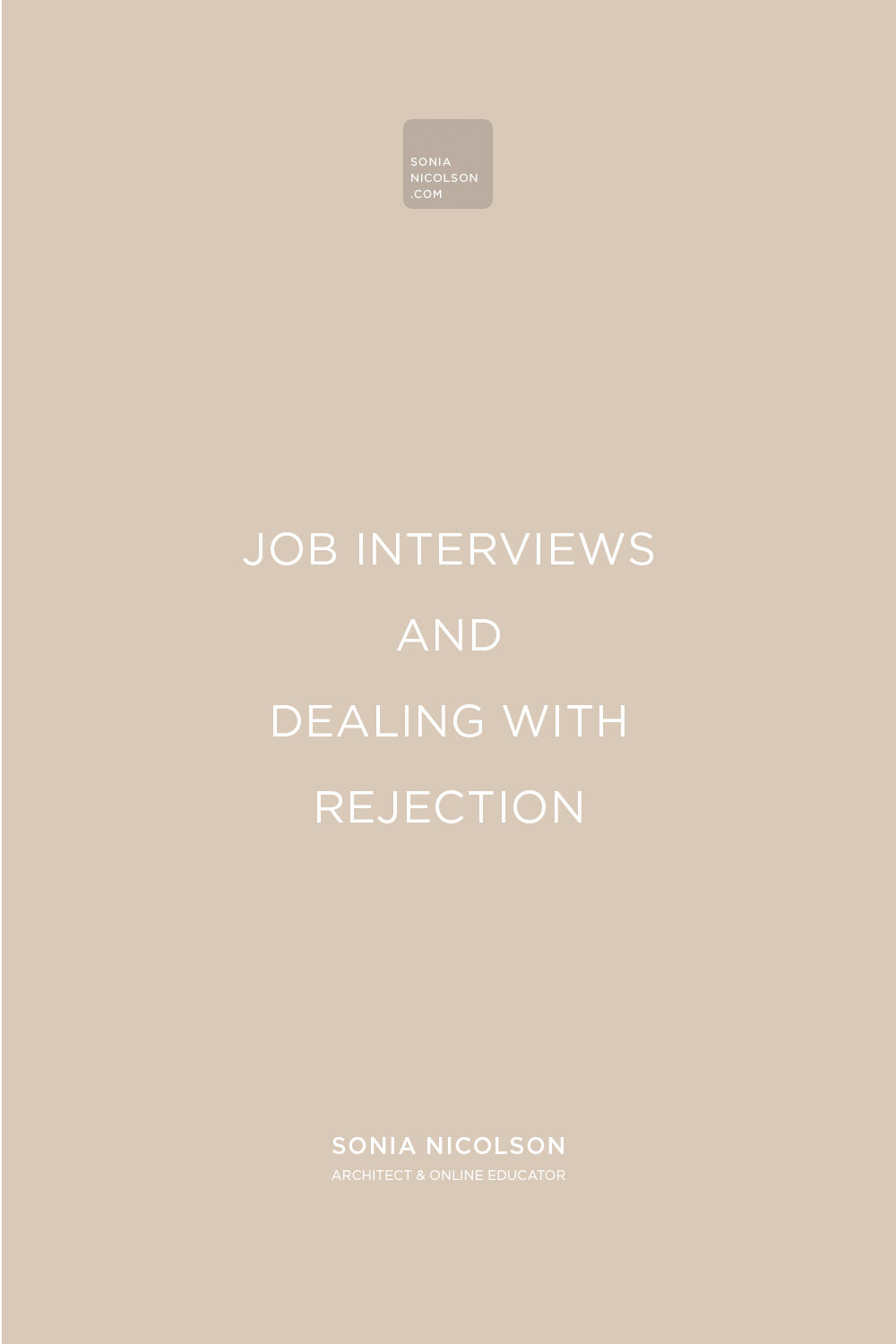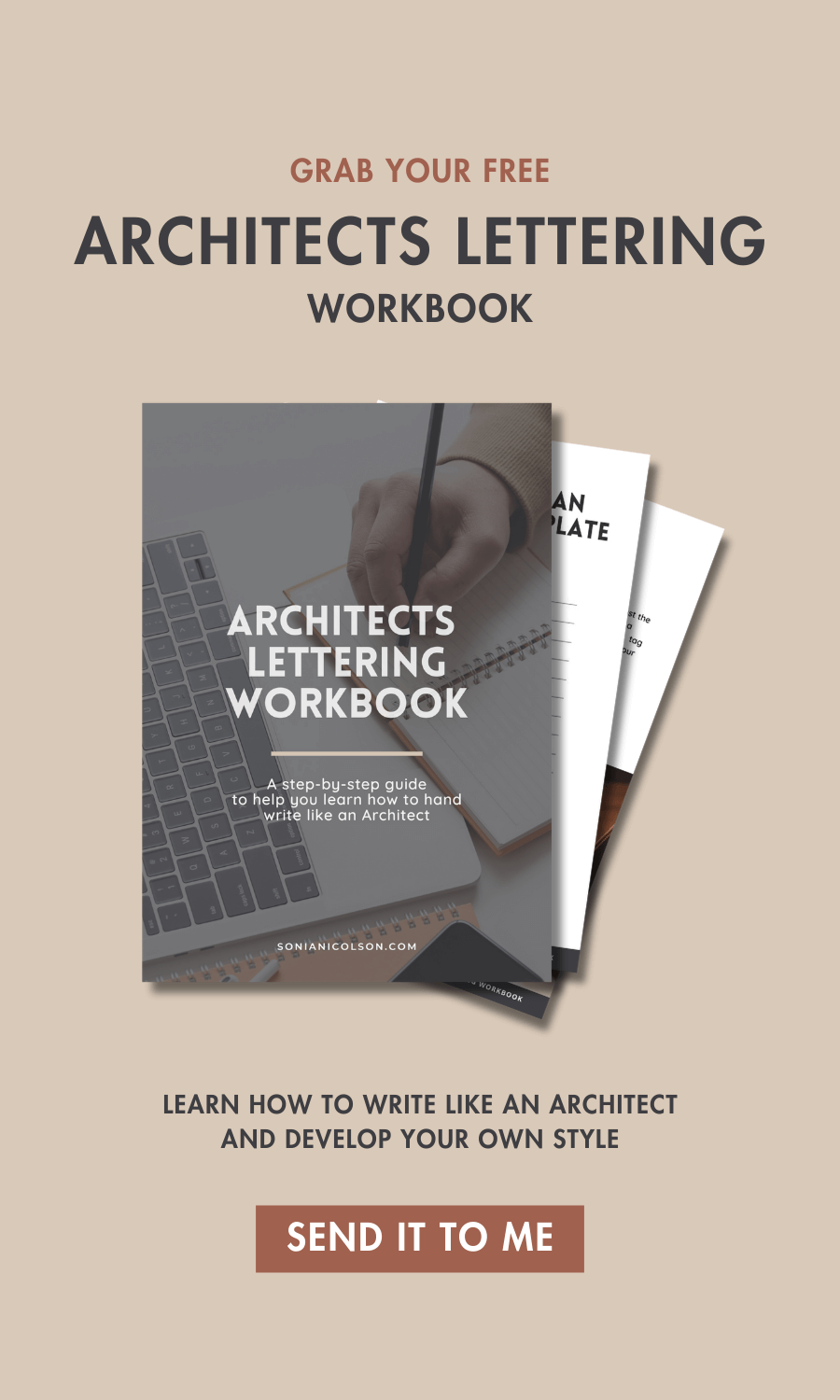The Self Employed Uniform
/I was getting dressed, cleaning up this morning, and making the bed, the usual routine, when it occurred to me - I wonder what other self-employed people actually reach for and tend to wear on a daily basis.
The Architect
Previously I've worked as an Architect in an office so I had to look both professional and also wear clothes that I would pop out onto site in. This meant a cheap-ish wardrobe of smart trousers and layered tops, usually from Primark or whatever. There was never anything cool or trendy about my work wardrobe - I mean I was in a hard hat and steel top-capped boots 50% of the time.
The Lecturer
Then, moving into Academia at a private design school, my wardrobe got a lot more fun - the fact the school was in India meant I could experiment with what I wore a lot more and never felt judged or unprofessional. I could express myself more, try Indian outfits on our 'cultural days', and wear what I really felt like 'me' in.
be comfortable, be yourself
This idea of feeling like 'me' is an interesting one, something that I thought would have developed over time and I would have my own style but in reality, I maybe dress up into the style but I live in and spend most of my time in my jeans and a simple top. I think it’s more about the material; the soft worn-in feeling is just so comforting. I tend to wear Zara skinny straight-legged blue wash jeans and a simple top. The top never matters much but I'm so lazy in my hunt for comfy clothes in the mornings that I also tend to live in sports bras. Maybe that’s TMI??
an identity
A uniform to me is something that helps present you in the role you have. A Doctor, a Firefighter, a Bus Driver, a Sale Assistant, etc. But if we don't work in professional or service-related jobs then the 'uniform' is more a perception thing, perhaps the way we dress is more about the way we think we should dress for that role or be seen as that employee.
Dress the part, for success
I dress for comfort but also to feel more confident, to empower myself. I vlog looking, however, I do at that time but I make more effort for a sit-down video. I want to be seen at my best and my best is neat and presentable - teeth brushes, hair done, make-up on, thoughtfully selected clothes. My jeans are comfortable and they make me feel good, so I am more confident. I'm sure you'd agree, I don't want to wear something I'm not comfortable in as I'll feel self-conscious.
inspiration
Don't get me wrong, I completely appreciate a good pair of PJs or leggings - I'm often wearing PJ bottoms when I sit down to film - but I thought I'd put this out there and see what you guys tend to reach for, what are your "comfies" and if you're also self employed, what do you consider your uniform.




